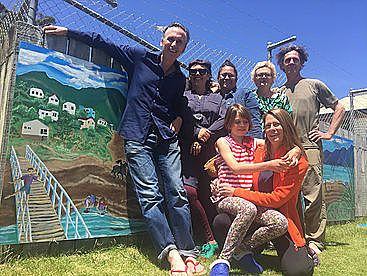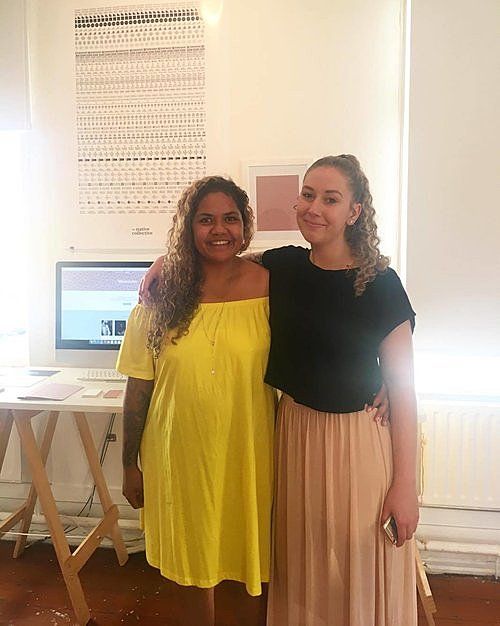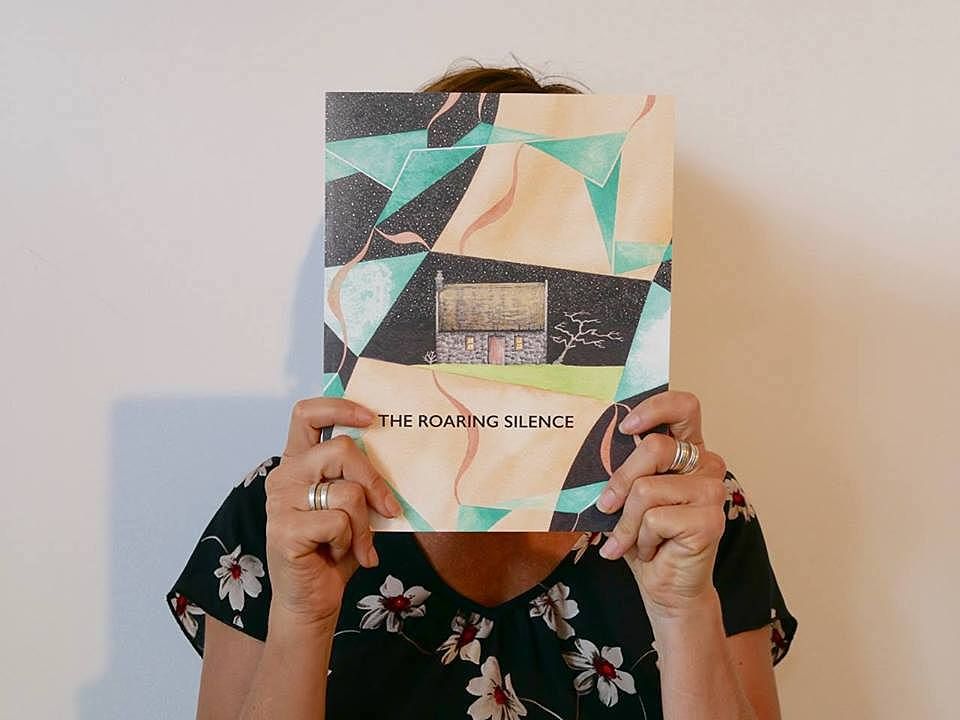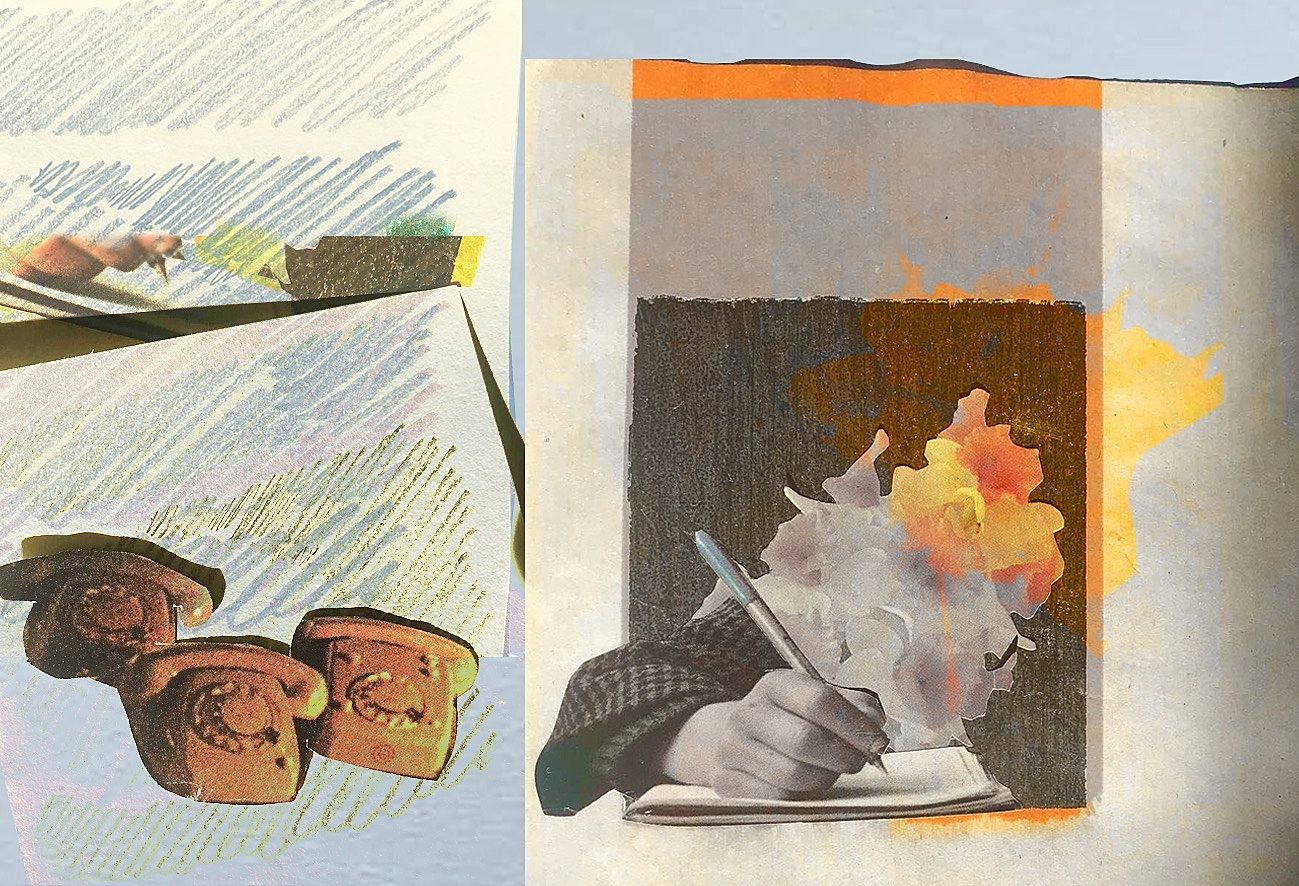Whakanuia: April 2017's celebration of great stuff
Paekakariki, Sara Hughes, Native Collective and mental health help.
This month: Paekakariki stuns the nation; Sara Hughes explodes the dreary; plus Pacific voices and artistic mental health.
Paekākāriki: chooses socialist utopia over tumbleweed in the streets
In the face of a nationwide housing crisis that shows no signs of slowing (in spite of the Herald’s fake news stories) it’s inspiring to see a community band together to find a solution.
When Raima Kingi, her partner and five of their six children were told they’d have to move from their rented Paekākāriki home of 16 years because it was for sale, they thought they’d have to leave the Kapiti Coast altogether, due to soaring rents (house prices had risen over 20% in just one year). But instead, their neighbours set up the Paekākāriki Housing Trust with the aim of preserving the diversity and spirit of their town through socially responsible investment. It helped that Kingi is a local hero, but in any event, nobody wants rows of expensive empty houses used only on the weekend by townies, while tumbleweed rolls down weekday streets.
So far, a very happy story: people around the country were inspired to give unsolicited donations and an anonymous local family bought the Kingi-Warena house in January. They have given the Trust a year to work out and set up the right mechanisms to allow people (including, possibly, the Kingi-Warena whānau) to become shareholders and invest in the co-purchase of property.
The Trust has been working diligently on this since then, and a February hui attracted an impressive sixty people. Trust spokesperson Mark Amery says that while the direct focus is housing, the wider idea is to harness collective knowledge and collegiality across the community for its own sake. “I’m interested in those skills that we farm out for our jobs; we can bring them back together for our community,” he says.
We applaud the initiative, ethos and community-mindedness of those behind the Paekākāriki Housing Trust, while recognising that not all communities in New Zealand have the resources to do something similar. The story is a reminder of the need for society-wide answers to a housing crisis that affects us all.
The Native Collective: vivid personal writing
Māori and Pacific media such as Mana and e-Tangata publish some of the most keenly relevant writing in Aotearoa New Zealand (we’re delighted that Bridget Williams Books has just released “The Best of e-Tangata” as a BWB Text, accessibly priced at $14.99). Now, more on the blog side of the Pacific webosphere, they’ve been joined by The Native Collective. Created late last year by Fijian-born sisters Emmaline Matagi and Rae-Dawn Martin, the site aims to “share the success, struggles and opinions of everyday Māori and Pacific people living in New Zealand” – with an emphasis on the 'everyday'. It aims a collaborative space free from judgement; a platform for voices on a range of contentious issues including cultural authenticity, conflicting feelings about faith, and white privilege.
The site’s content – ranging from articles to poetry – is refreshing and genuine; the casual language makes for a vivid and personal reading experience, like being confided in by a friend.
Pacific experiences are expressed and explored by a number of contributors in a multitude of ways. ‘Lonely’ is an anonymously-penned piece about the difficulty of balancing cultural family life with study, as well as touching on the isolation of being Pacific in the white-dominated world of academia. ‘Positive’ by site founder Emmaline Matagi is a visceral description of abortion, which serves as an impressive exposé of the emotional difficulties of seeking termination through the public health system. Demystifying and remarkably self-disclosing.
The Roaring Silence of the Black Dog
Suicide has impacted creative communities greatly in recent years, and they are responding with concern, care and practical support. For example, for the last two years, Sharu Loves Hats has produced the Black Dog Relief cabaret, with proceeds going to the Mental Health Foundation in 2015, and Whāriki Hauora in 2016. Whāriki Hauora itself is a new initiative, specifically aimed at improving mental wellbeing within the performing arts industry.
Most recently Devonport’s Depot Artspace has published The Roaring Silence ($30) a book of art, cartoons, poetry, stories and interviews that aims “to inspire conversation and help to demystify suicide.”
The 79 diverse contributors include student groups against online bullying, lawyers, educators, doctors, artists, those that work in suicide prevention and those who have been directly affected by suicide or even attempted it themselves. The variety makes for a great compilation and complex conversation. Another great feature is the 5-page directory of support services, making it a practical resource.
Our Visual Arts co-editor Lana Lopesi says that one of her favourite lines is a recommendation from Kristina Cavit of The Kindness Institute: “Send love to the greatest assholes.” The aim? Sending kindness to those who have hurt us helps us to be kinder to ourselves.
As Depot Artspace says, “life is both dark and bright…none of us is immune from times of shadow.” So don’t forget the Mental Health Foundation has great resources and tips for us all – whether to keep us flourishing, or to help us start. The Foundation’s five ways to wellbeing are:
- Connect, me whakawhanaunga
- Give, tukua
- Take notice, me aro tonu
- Keep learning, me ako tonu
- Be active, me kori tonu
Sara’s Magnanimous Magma
Many people complained about the eyesore that was Auckland’s Khyber Pass reservoir for many years; our editor-in-chief Janet McAllister once described it as “a patchwork of soupy grays” calling for it to be given over to artists and graffiti writers.
And now – lickety-split with little fuss – our prayers have been answered and its most ugly walls were transformed into an explosive piece of art over summer. At 512sqm, ‘Magma’ by renowned artist Sara Hughes is one of the largest outdoor murals in the country, a bombastic abstract work to brighten up the daily commute of the thousands who pass by on Symonds Street and Mt Eden Road every day (image at top).
It turns out to be a fun, urban memento mori. The piece is in view of Mt Eden and was informed by Auckland’s volcanic history, although its colours – purple, yellow, magenta – are more diverse than the run-of-the-mill boiling lava that could, you know, engulf the city at any moment. The reservoir’s rough surface forced Hughes to abandon her characteristic sharply delineated geometry in favour of building up fuzzy layers of colour that only reveal their hidden depths if you risk your life by standing in the carpark.
Props to the Uptown Business Association who commissioned and funded the mural, and Watercare for agreeing to transform an unattractive reservoir into a community centrepiece, confirming that a cityscape can be both functional and beautiful.
Now about the reservoir’s opposite wall on Burleigh Street...




